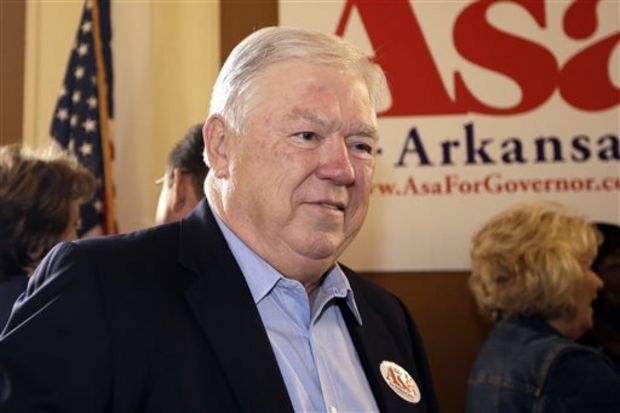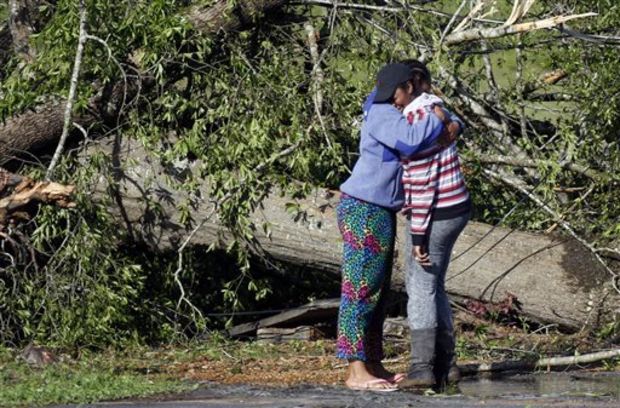
From Media Reports

WASHINGTON – If budget talks fail and automatic spending cuts take hold, federal spending on education would be cut by about 8 percent across a broad range of programs, including money for special education, low-income students and schools near military bases, The Sun Herald reported.
Compounding the potential problem is that many states have been hammered by the recession and don’t have funds to cover the shortfall. The U.S. Department of Education reported that 80 percent of school districts in a recent poll said they would not have state or local funds to make up for the lost federal money.
“Education grants to states and local school districts supporting smaller classes, after-school programs, and children with disabilities would suffer,” the White House Office of Management and Budget said in a report on the impact of a continuation of the budget impasse.
Most of the cuts would kick in with the 2013-14 school year, according to the Department of Education.
Here’s what the department says could happen:
Federal money for low-income schools, known as Title I funds, would be cut by $1.1 billion. As a result, the jobs of more than 15,000 teachers and aides would be “at risk,” Education Secretary Arne Duncan told a Senate Appropriations Committee panel in July. Department officials declined to answer further questions, except to say that Duncan’s testimony stands as the best summary of what would happen to education funding.
In addition, funding for special education would be reduced by $900 million, possibly leading to the loss of 11,000 teachers and other staff.
Nationwide, about $90 million less in what’s known as the Impact Aid Program would go to districts with schools that serve military families and Native Americans.
About 100,000 children would not be able to attend Head Start classes, the Department of Health and Human Services program that helps prepare low-income kids for kindergarten.
Pell grants, the federal government’s primary aid program for low- and moderate-income college students, would be exempt, but other aid opportunities for college students would be reduced. There also would be less money for work-study, the federal campus jobs program; and for TRIO, the government’s outreach system for low-income students. Processing of applications for federal financial aid for higher education could be slowed, as well.
Meanwhile, universities would receive fewer federal dollars for scientific research grants. That would cut into research jobs for undergraduate and graduate students, as well as backing for innovations in medicine, energy and other fields.
The automatic spending cuts would reduce federal research and development funds by $57.5 billion over the next five years, a reduction of 8.4 percent, the American Association for the Advancement of Science recently reported.
For elementary, middle and high schools, the cuts would hit just as 46 states are shifting to more rigorous standards. That shift will require new curricula and new tests, as well as more staff training and new technology.
“The across-the-board cuts would hurt and stifle some of the efforts we have under way in North Carolina to remodel education,” said June Atkinson, North Carolina’s state superintendent of public instruction and a member of the national board of the Council of Chief State School Officers.
Testifying on Capitol Hill last summer with Duncan, Atkinson described efforts in her state and others to improve education, especially for children in schools where many are from poor families, and for those for whom English is not their native language.
She expressed concern that the automatic cuts, also known as sequestration, “will make it harder to continue our progress and our commitment to long-term national competitiveness.”
Still, the hit to education if the automatic cuts kick in is small in relative terms. It’s about $5 billion, compared with the spending of $600 billion per year on kindergarten through high school education, said Frederick Hess, the director of education policy studies at the American Enterprise Institute, a conservative policy think tank.
But the impact will be concentrated on certain school districts around the country, particularly those with high levels of poverty that receive federal support, he said.
To reduce the debt, Hess said the country would have to raise taxes, reduce entitlements and cut discretionary spending or shift the responsibility to the next generation.
“If anybody ought to be saying we owe it to the kids to step up on this, it ought to be folks in the education space,” Hess said.
Others argue that the spending does make a difference, and the cuts would hurt.
“It would mean tens of thousands of teachers not being hired. It would mean districts really having to rethink how they do school — a shortened school year, shortened days,” said Kate Tromble, director of legislative affairs at the Education Trust, a policy research group that advocates for closing the gap for low-income and black, Latino and Native American students.




Be the first to comment